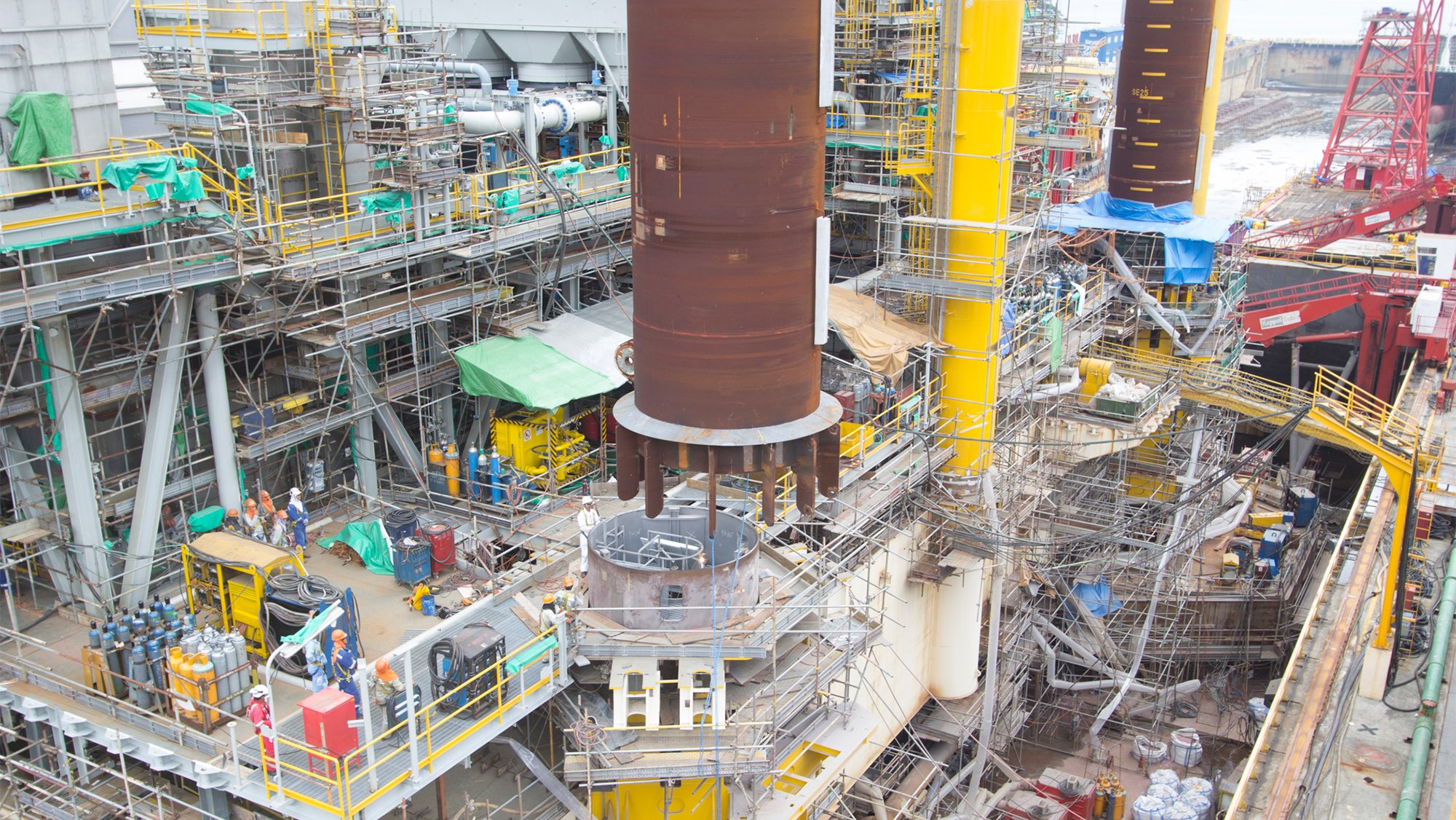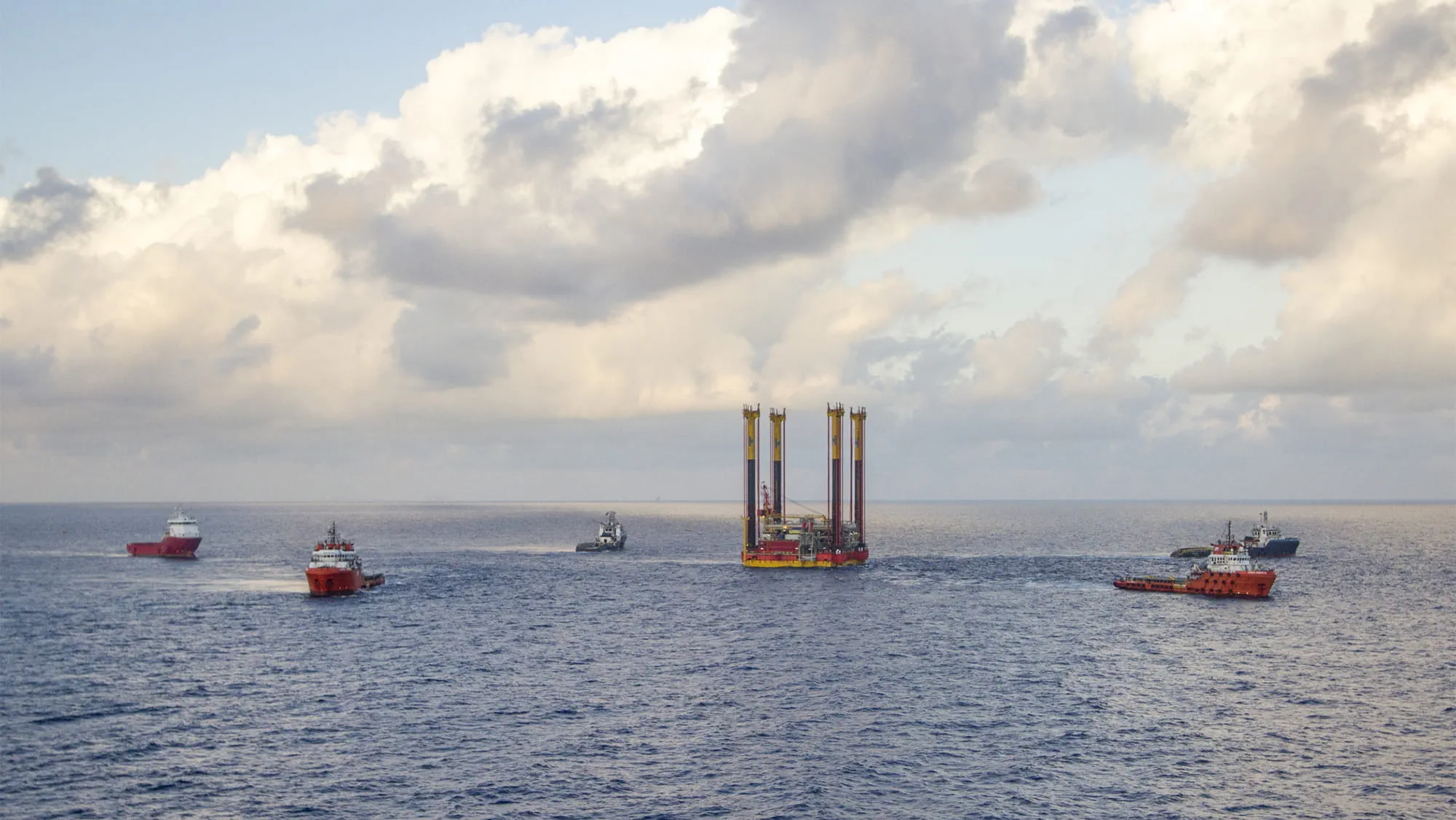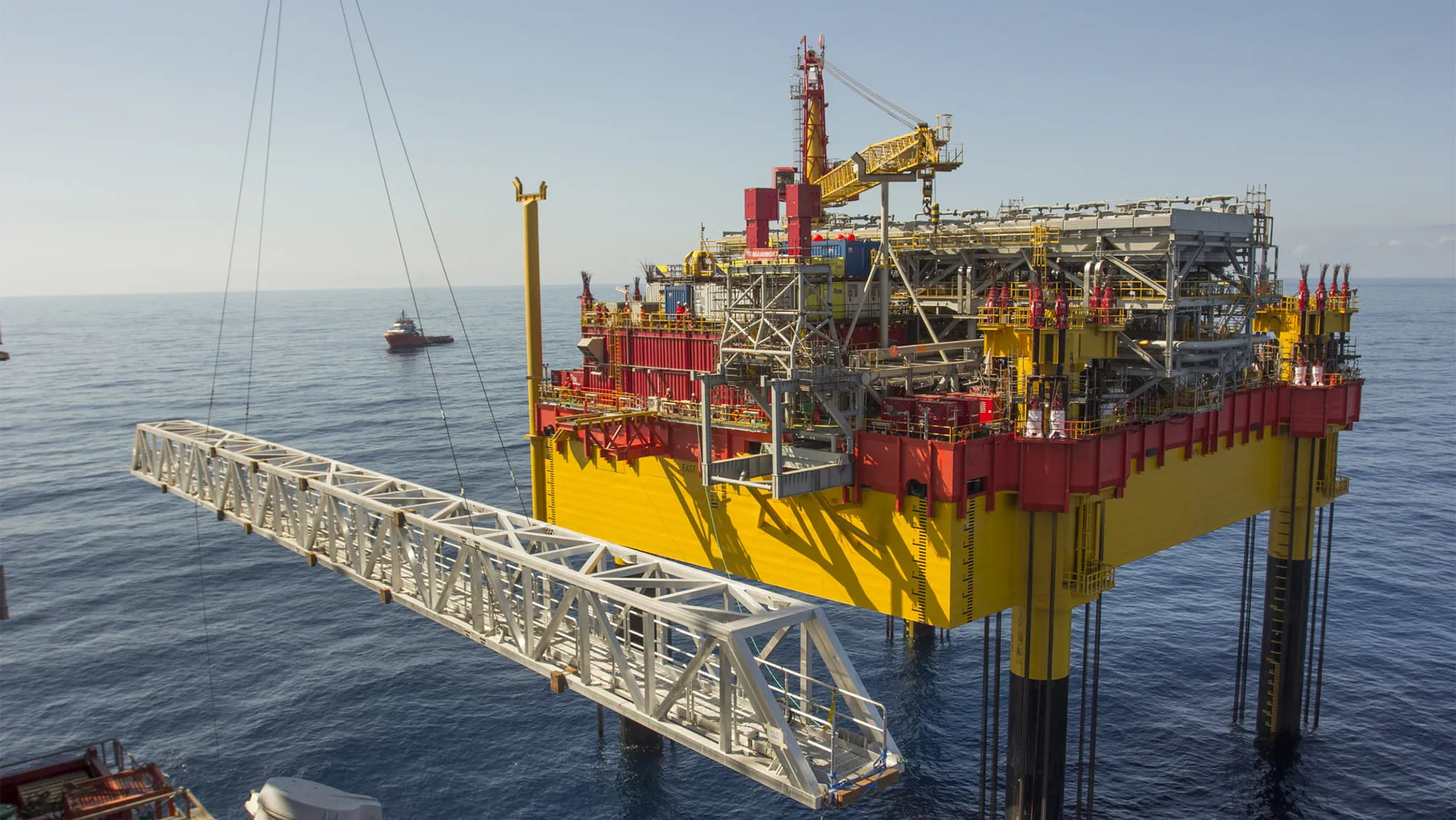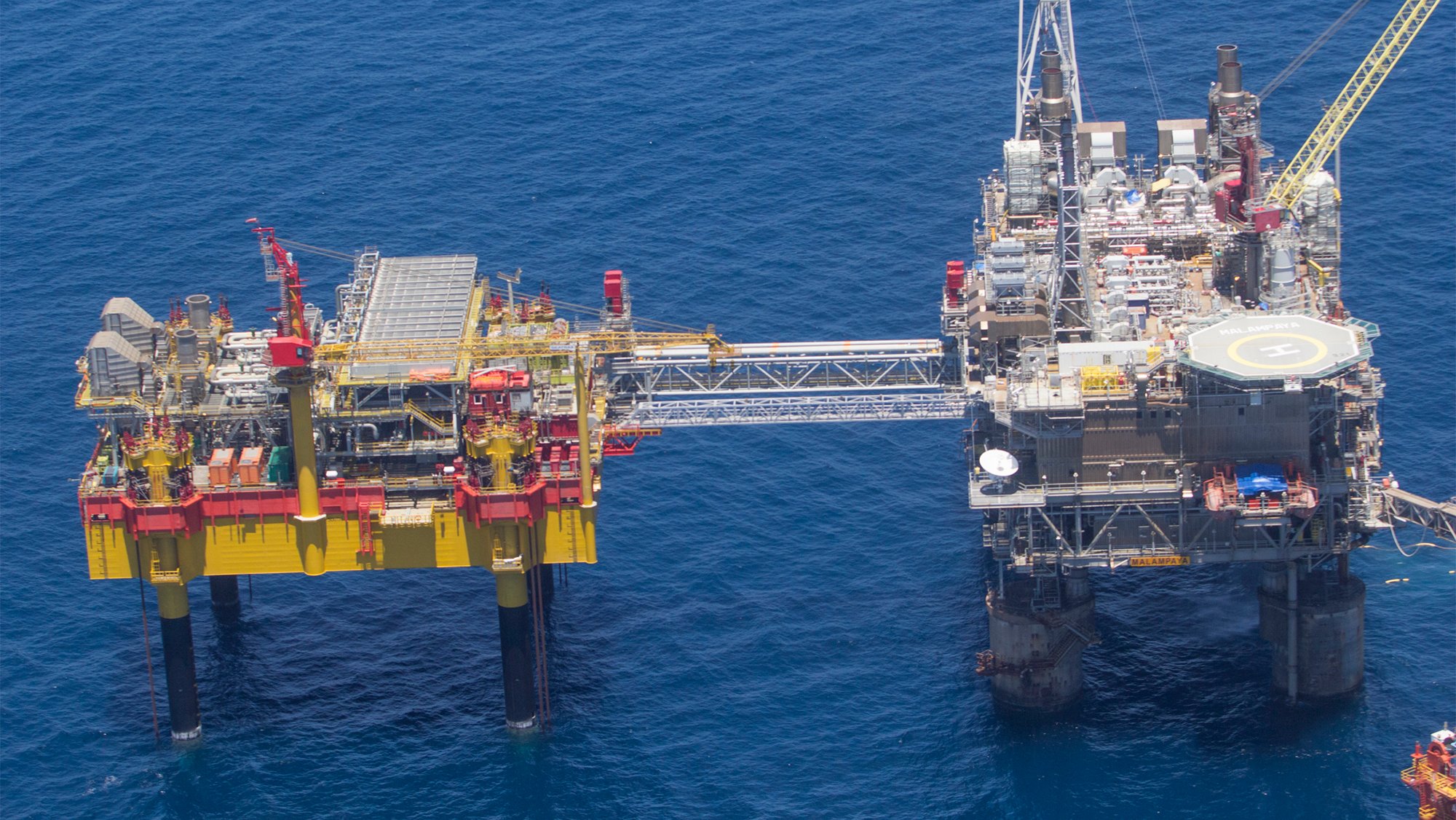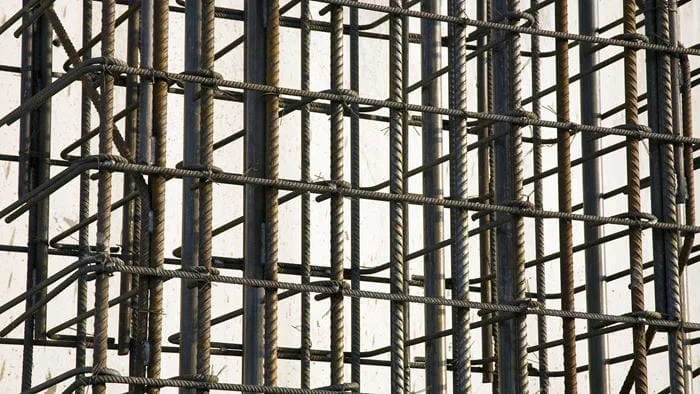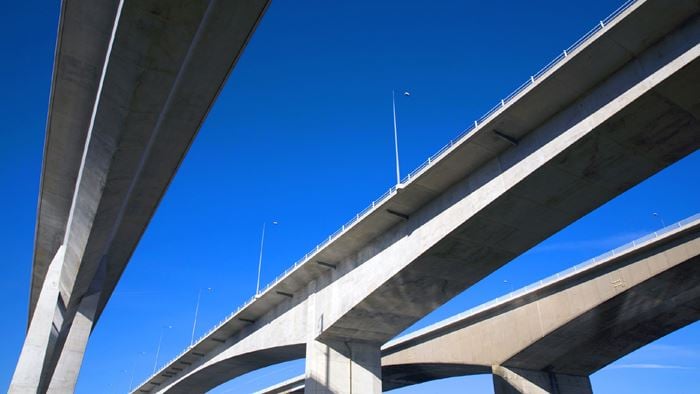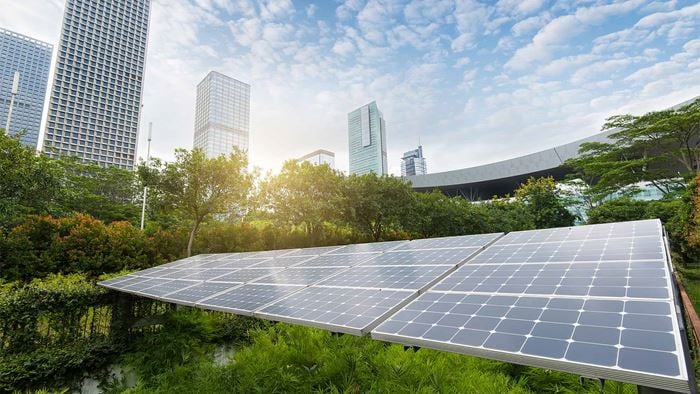The Malampaya deep-water gas-to-power project in the West Philippine Sea provides sufficient natural gas to generate up to 45% of the power required by Luzon, the largest island of the Philippines.
Arup provided detailed design expertise for the fabrication and installation of a self-installing substructure to prolong the lifeline of the gas field by another 30 years. The gas supplied feeds three power stations with a generating capacity of 2,700 MW. Sustaining the use of natural gas for power generation offsets potential increase in reliance on coal and fuel oil.
Project Summary
2700MW is generated from the gas supplied to three power stations
19,931 tonnestotal operating weight
46mlong steel bridge links the two platforms
Developing a suitable and long term design
We have worked on the Malampaya project for Shell (SPEX) since the 1990s, originally completing the design of the Concrete Gravity Substructure (CGS). Arup was commissioned by SPEX to develop a second fixed platform substructure for the gas field. Studies were performed for floating stability, vessel sea-tow response, installation ballasting sequence, and post-installation wave and seismic performance. During the concept design phase for the new Malampaya structure, three potential solutions were identified by our energy specialists:
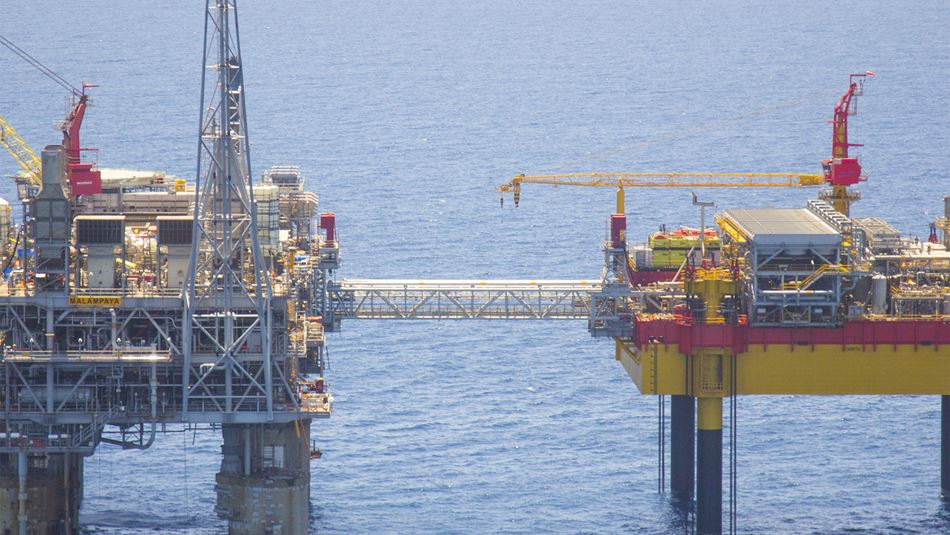
We undertook the detailed design of the substructure – a depletion compression platform (DCP) and also provided procurement support on substructure related matters. For this extension project, we configured the length and width of the platform deck to provide sufficient buoyancy for float-out from the fabricator’s facility and for its tow to the site. The structural sizing was refined to optimise efficiency and minimise cost.
Mitigating seismic risks
Located 43 meters deep on a prepared seabed, the platform had to be configured to support 4,900 tonnes of facilities with enough stability to withstand extreme storm conditions and seismic events.
Due to high seismic activity in the Philippines, a detailed analysis was conducted by our team, including a seismic hazard assessment, site response studies, and liquefaction assessments.
Innovative platform instillation
Installation of the DCP commenced after arrival at the site following the wet tow from Subic Bay. Upon arrival, the platform was prepared for installation, including activation of the survey, subsea monitoring and jacking systems. To ensure the design intent and tolerances were achieved, our team provided technical supervision throughout the offshore works and actively participated in the installation planning and execution for the self-installing platform.
Thorough engineering from concept to completion
We led the design for the jacked installation of a permanent link bridge using an adaptation of the DCP lifting technology. The permanent 46m long steel bridge, incorporating gas piping, electrical and other control cabling for platform operation, was lifted into position one month later.
“The Arup team has been outstanding during the fabrication and installation of the new platform. Mobilising resources as required from both their local Manila office and international oil and gas teams ensured the project was delivered successfully ” Martyn Turner SPEX engineering manager
The Arup team successfully executed the self-installing ACE Platform Substructure from a conceptual solution through rigorous engineering phases, and provided critical engineering support throughout fabrication and installation using a blended local and globally resourced team.
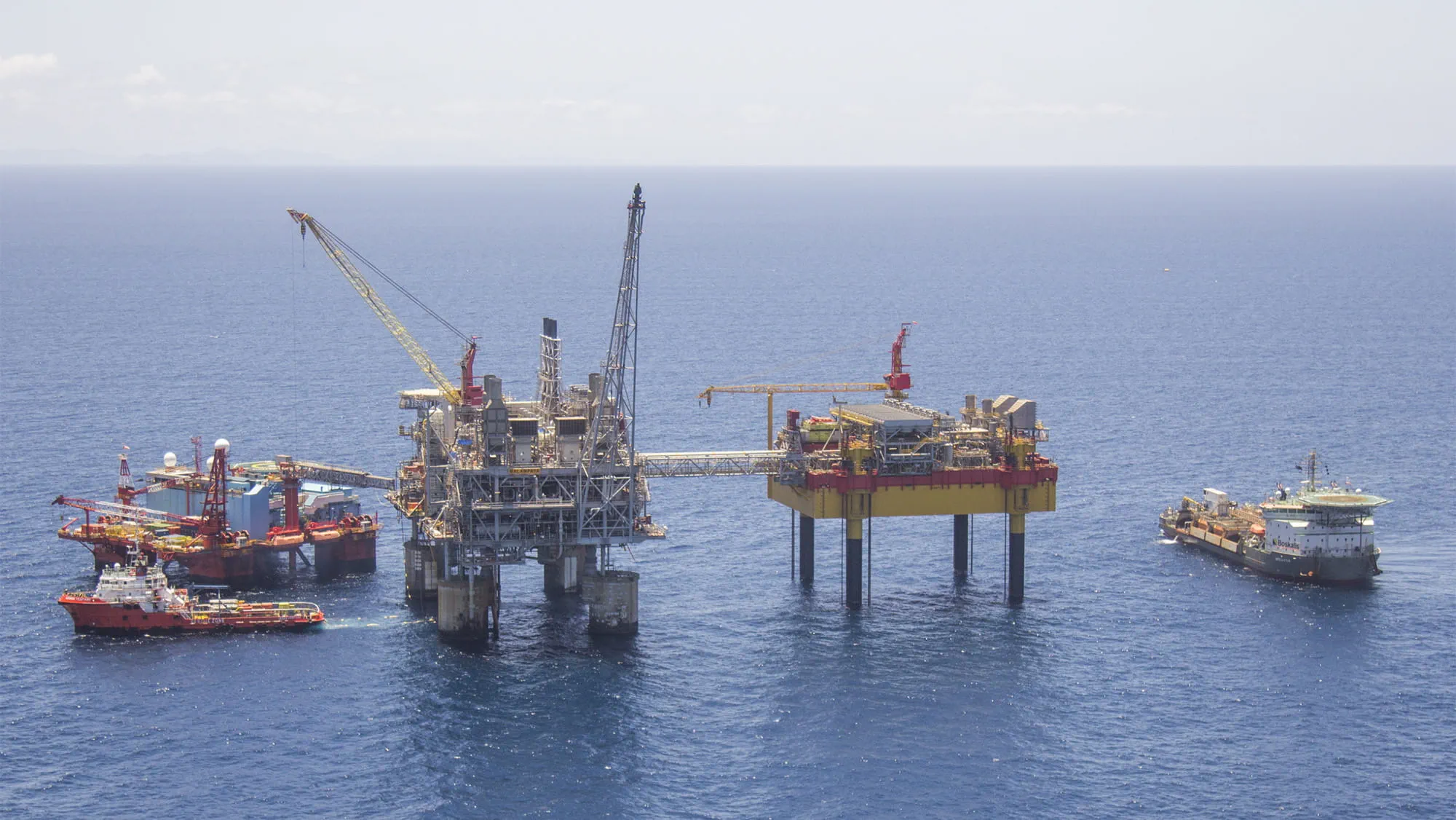 ;
;

